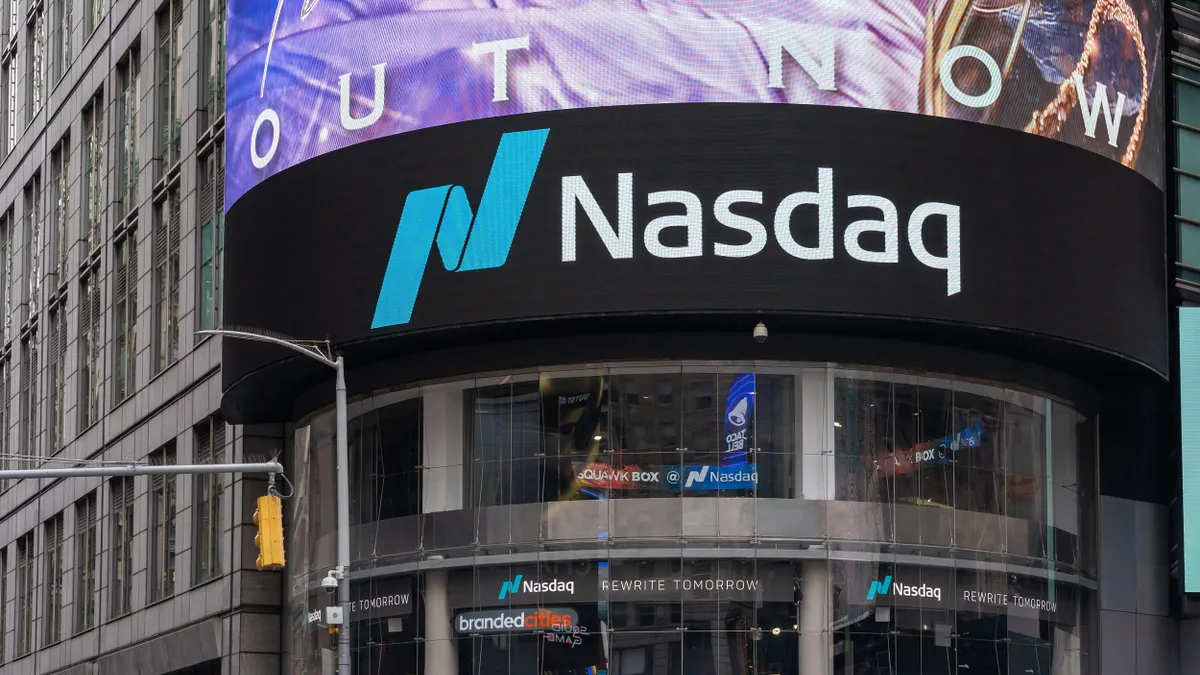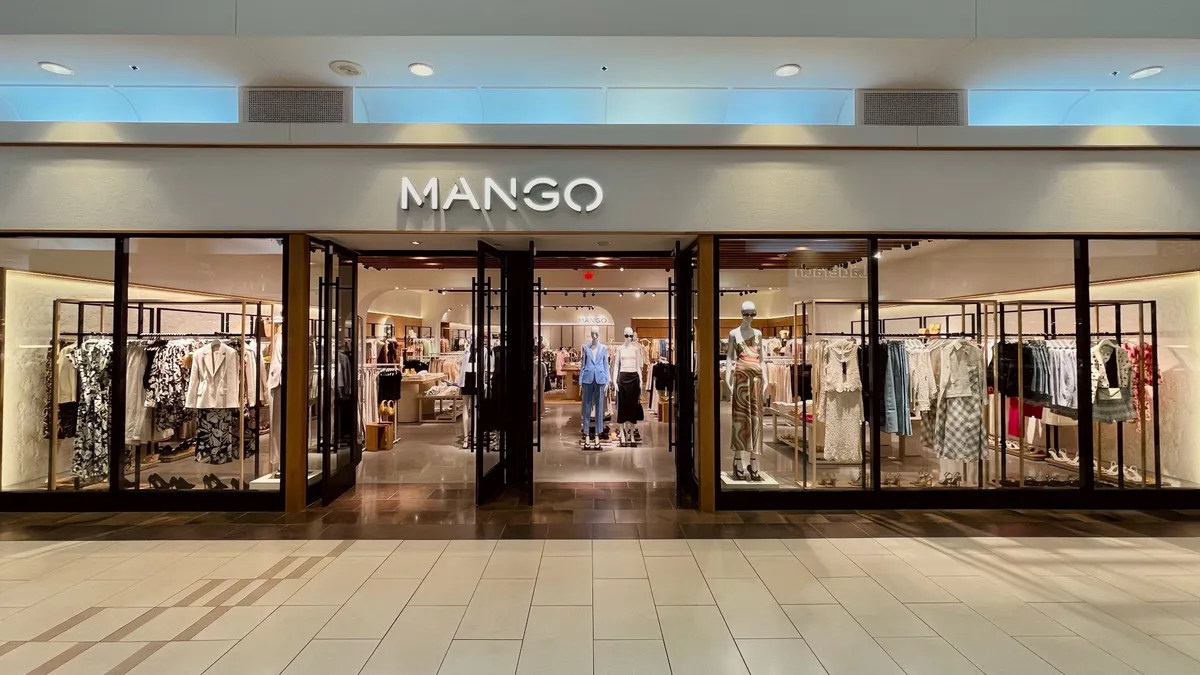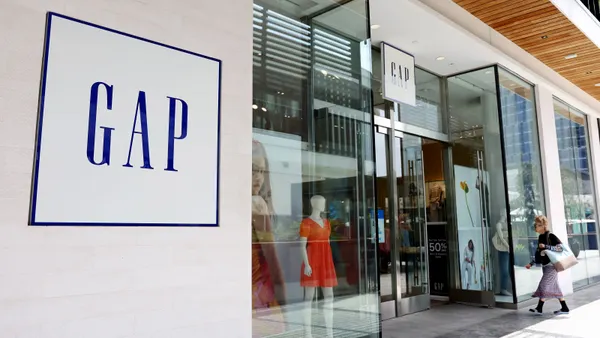Think of innovation and the cultural movements that made it the bright, shiny object of attention and compare it to the seclusion of a task force. The difference is one reason Neiman Marcus and other companies in search of a more pervasive approach to innovation are moving away from isolated labs.
Companies want their technology investments to publicly signal how innovative they are. Businesses and CIOs understand the role disruption plays in competition, but they also have seen innovation unintentionally take a backseat to keeping the lights on.
Innovation remains a more difficult task when disruption is expected to take place in a walled-off structure.
"The successful 'labs' are more like shared service emerging technology capabilities that all departments and business units can use," Prashant Kelker, partner at ISG, told sister publication CIO Dive. "The models with a lab as a building or a common department are failing. Some have even shut theirs down."
Neiman Marcus' iLab was the product of a task given to then enterprise architect Scott Emmons in 2012. Until earlier this year, Emmons was head of iLab before exiting the role in part because the retailer was "not innovating in the right way," he recently wrote in an op-ed for Business of Fashion. He is now CTO of consultancy group TheCurrent Global.
Former CIO Michael Kingston created the lab and gave Emmons the role with a tap on the shoulder. Initially, the job gave Emmons the ability to act somewhere between a technology and business person, Emmons said in an interview with CIO Dive. Kingston afforded Emmons the opportunity to "kind of make [it] up as I went along."
"The successful 'labs' are more like shared service emerging technology capabilities that all departments and business units can use."

Prashant Kelker
Partner at ISG
The balance allowed Emmons to side-step the archetype of a tech leader known for using "a bunch of acronyms nobody really understood," he said, while speaking at the National Retail Federation's Big Show in New York City in January.
Neiman Marcus declined to discuss Emmons or his tenure with the company.
Now, seven years later, Neiman Marcus has a different CIO and a CEO overseeing the innovation.
CEO Geoffroy van Raemdonck has not-so-quietly assembled a team to push the retailer out of its financial woes, which includes the approximately $4.5 billion of long-term debt Neiman Marcus is in the process of refinancing.
Last week the retailer added two more tech-savvy executives to its leadership in an effort to transform Neiman Marcus into a "luxury customer platform," according to the announcement. The additions bring 18 years of experience from Apple and expertise in omnichannel experiences.
The retailer, under the discretion of new leadership, is pursuing innovation at the top rather than in a lab.
Keeping the lights on comes first
The iLab was designed to house experimental digital initiatives. The lab served as the company's token chief innovation officer, as opposed to a single person because "there was nothing else there," said Emmons. "It was a vacuum."
Sarah Miller took over for Kingston in 2016, but attention on the innovation lab began to drift as the CIO's priorities shifted.
The IT department is accustomed to only seeing recognition in light of fixing something. This has the tendency to misrepresent the value-add IT has in the overall business. Time dedicated to maintenance reduces availability for new technologies, application innovation or collaboration among other organizational heads.
Sometimes when a CIO's focus is divided between interactive mirrors and cloud migration, the latter takes the priority.
There are plenty of people to think about how to streamline processes in areas like supply chain, said Emmons. But what's often missing is the "how" of applying modern technologies — enter the rise of chief digital officers.
The retailer named its CDO in September and its first CTO in November, signaling more changes to innovate from the top down.
Retailers change business models faster than they are able to set a foundation for a digital business transformation, Robert Hetu, VP analyst at Gartner, told CIO Dive.
Retailers demand a more aggressive approach to scaling and refining digital initiatives than other industries, according to Hetu.
Regardless of industry, CIOs are often evenly split between traditional IT and innovative digital transformation, according to Gartner, but the majority of CIOs, about three-quarters, are heavily involved in innovative business strategy.
Emmons felt the strain of IT's focus. So as Neiman Marcus' CIO was expected to maintain the daily functions of the retailer's needs, Emmons was assigned to report to the VP of infrastructure, which was "a wrong fit," according to Emmons.
The VP of infrastructure often has to find ways of reducing costs with full functionality. iLab, by definition, is introducing new technologies and costs that weren't in the VP's "wheelhouse of responsibility," said Emmons.
CIOs who have "made the jump from being relegated to managing the legacy" are the ones who can prioritize in-house innovation labs, according to Kelker. One of Miller's first projects as CIO was leading the retailer's modernization efforts. Neiman Marcus faced risks because of lingering legacy systems.
The problem with siloed innovation
The silos between brick and mortar stores and digital stores are beginning to come down. The first few years of iLab were dedicated to in-store technologies but as the pendulum swings toward a digital shopping preference, Neiman Marcus has to differentiate the experience for the different types of shoppers.
Emmons' pilots were reliant on multiple sources because he wasn't given a budget that enabled his own research, he said. "I had to go off what the business told me."
Emmons said he was handicapped most by iLab's budget, which he was able to stretch for about two years. But he also said the lab's early success was driven by having a small budget. "I could dip in myself under the discretion of the lab," he said, which allowed for "quick wins" and technologies "that otherwise would have never seen the light of day."
The lab's relationship with Neiman Marcus' CIO eventually crumbled, which added to its budget woes.
"Frequently technology is fundamental in the innovation plan and the coordination with the CIO becomes critical for budgeting," said Hetu. Retailers' IT budgets are growing more than 5%, which is larger than other industries, yet securing funds for digital progress and experimentation remains challenging.
Retailers change business models faster than they are able to set a foundation for a digital business transformation.

Robert Hetu
VP analyst at Gartner
It's common for innovation-specific organizations to "have to fight for capital in an enterprise, everyone does," said Emmons. But after the first two years, the lab "never saw another dime" under Emmons' discretion.
From then on Emmons leveraged his tenure and familiarity with Neiman Marcus to "scrape up kind of the leftovers of other people's budgets from time to time" in addition to looking for partners willing to invest in the lab.
At times, the lab had to go through "the arduous budgeting process that isn't really built for agility in any way shape or form," said Emmons. He says he sought out tech providers that could provide "white glove" full service of the product when it came to piloting products.
When full service was available and built into the contract, the lab didn't have to rely on the infrastructure team for support.
Executive buy-in or bust
Ideas for iLab's innovation projects predominantly came from something the business identified as an issue and the lab had to find solutions. However, the ideas came from executive leadership or other large organizations with little insight into their ideas' demands, according to Emmons.
A lack of C-suite support is a common issue for innovation, according to Hetu. "Sometimes the issue is that there is a large amount of IT debt from years of underfunding" that need attention before "more dramatic transformations."
If a company wants to pursue an innovation lab of its own, it needs complete buy-in from the C-suite because it will "naturally go against the grain," said Emmons. Unwavering support for disruptive experimentation will keep a lab from falling apart.
A shared vision of innovative strategy can help absorb some of the frustration harvested by the lab, which appears to be what CEO van Raemdonck is doing with his evolving C-suite.
The problem companies can run into when it comes to innovation is execution and resources, said Kelker. Leadership should ask how the current structure of the organization hinders execution. "This might appear later as hypocrisy – but this is more effect than cause."
"It's not like I invented innovation at Neiman Marcus; I did not," said Emmons. But during the time of the lab, communication may have been fumbled between it and executive leadership. Alleviating frustration can come taking a step away from new products, which at times, seems counterintuitive.
"See which ideas can reach mass scale, and how will an idea born in the lab survive within the core of the organization," said Kelker. "Innovation should be born within the core and enabled with a lab-thinking and shared platforms and technical capabilities, as opposed to creating labs."























